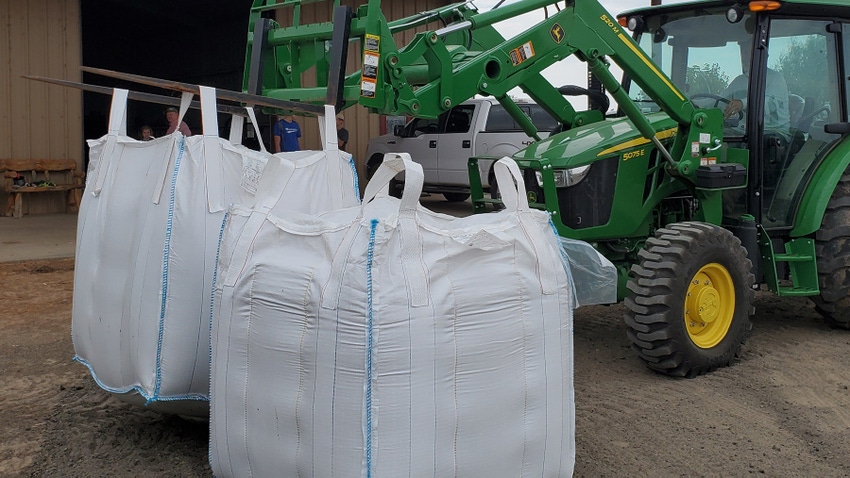
Texas A&M AgriLife agronomists do not explicitly recommend that Texas wheat farmers plant only certified varieties.
But it’s not a bad idea, says Extension Agronomist Calvin Trostle, Lubbock. “If farmers save seed, we suggest they renew with certified seed every three years to ensure genetic purity and good seed quality.”
Trostle adds that certified seed historically offers assurance of genetic purity.
Certified seed would include expected package of insect and disease resistance traits as well as milling and baking qualities. “Certification ensures not just genetic purity, but also quality of seed. It's been tested for weed seed content, germination, seedling vigor, and test weight.” Some companies are taking certification a step further, stipulating that their varieties may only be planted as a certified seed class (Certified Seed Only). “These companies require farmers to sign a stewardship agreement, which says they will not save seed for any planting purposes,” Trostle says.
CSO differs from The Plant Variety Protection Act, which allows farmers to keep and condition enough seed from their own harvests to plant the next year. They may not sell it to a neighbor. That is illegal.”
Trostle says the CSO might be founded on a “utility patent,” which is stronger than the Plant Protection Act.
He says companies are turning to COS varieties to improve potential for a return on investment.
“I was told years ago that it costs about $1 million to bring a new variety to market. I would imagine that figure now is probably $2 million if not more.”
He adds that a CSO represents the latest improvements companies are putting into their wheat varieties.
Texas wheat update
Ben Scholz, National Association of Wheat Growers immediate past president, just returned from the Texas Wheat meeting. He provided Farm Press with this crop update:
"Currently, Northeast Texas planting conditions are very dry. Most of the region is completing harvested of spring planting crops. There is some dry planting of wheat or oats for winter livestock grazing. Most wheat planting will occur during the last half of October through early December.
"Due to wet weather during planting last fall, little wheat was planted and harvested earlier this summer. This has resulted in uncertainty of wheat varieties needed being available for this fall’s planting."
A resurgence of Hessian Fly infestations, "not seen in a number of years," is occuring in Northeast as well as and Central Texas region, Scholz says. "Reasons for this are not clear at this time.
"Many of the traditional varieties previously thought to show resistance are now not working. Even delayed planting that previously offered positive results isn’t an effective tool in preventing damage."
Scholz says researchers in Northeast Texas have data collected from this year's test plots. The results of varieties tested are available through the Texas A&M AgriLife System. The Texas Wheat Producers Board supports an annual publication for wheat variety results. Go to website, www.texaswheat.org for either a copy or review of the 2023 Texas Wheat Seed Book.
Read more about:
Seed VarietiesAbout the Author(s)
You May Also Like






